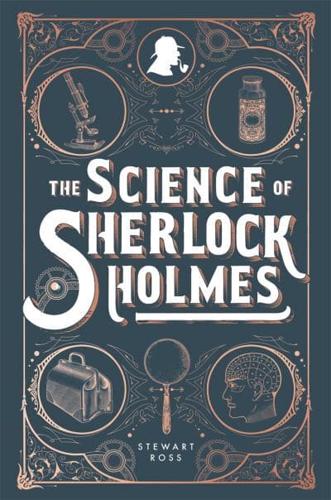Publisher's Synopsis
Lively and immensely readable, The Science of Sherlock Holmes looks at the advancements in crime-solving and general science from late Victorian times to the modern day.
Over the course of the nineteenth century, the reading public acquired a taste for the new genre of detective fiction. At the same time, science was transforming every aspect of human life. Arthur Conan Doyle, a young doctor and up-and-coming writer, brilliantly wove these two strands together to create detective fiction's most memorable and enduring character: Sherlock Holmes.
Detailed yet eminently readable, The Science of Sherlock Holmes looks at contemporary scientific achievement at the time of writing and how these were employed in the Sherlock stories. The book looks at Holmes' deductive logic and his skills in specific areas: codes, prints, writing, disguise, guns etc. and how these are still used today in the world of criminology. Learn about Holmes's brilliant forensic reasoning and his skills in areas such as prints and marks, handwriting, disguise and weaponry. Discover his encyclopaedic scientific knowledge over an immense field, from botany and poisons to physics and ballistics. See, too, how many of the techniques pioneered by Holmes are still relevant in modern criminal investigation.














